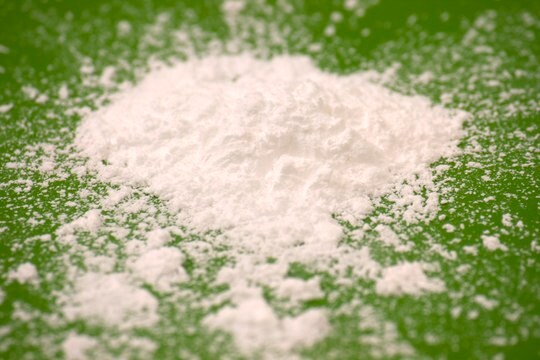902403
3D Printing Hydroxyapatite ink
Synonym(e):
3D printing Hydroxylapatite ink, Calcium phosphate hydroxide, Durapatite, Hydroxyapatite, Hydroxylapatite, Hyperelastic bone
About This Item
Empfohlene Produkte
Form
liquid
Grünere Alternativprodukt-Eigenschaften
Design for Energy Efficiency
Learn more about the Principles of Green Chemistry.
sustainability
Greener Alternative Product
Viskosität
20-60 Pa.s
Grünere Alternativprodukt-Kategorie
Lagertemp.
2-8°C
Allgemeine Beschreibung
Anwendung
Our Hyper elastic Bone 3D-printing ink is comprised of micron sized hydroxyapatite suspended in a mixture of organic solvents containing a dissolved, high molecular weight elastomeric, biocompatible polyester (polylactic-co-glycolic acid;PLGA). Prior to further use, to remove residual solvents after 3D-printing (or other application such as coating, direct painting etc) the composite material should be washed in 70% ethanol and then by water. The 3D-printed hydroxyapatite can be used as a flexible, bioactive, biocompatible ceramic composite or it can also be sintered (1500 °C recommended) in a non-oxidative atmosphere to yield Hyper elastic Bone parts. As sintered, Hyper elastic Bone is highly chemically and thermally stable, and can be used for a wide variety of high temperature applications. It also has numerous hard biological tissue (teeth and bone) applications, and can serve in it as as-printed, washed form as flexible ceramic composite cell scaffold, or in its sintered form, as a rigid ceramic scaffold/implant. In its 3D-printed, flexible form, Hyper elastic Bone has been shown to be highly osteoconductive, and osteogenic, capable of differentiation adult human stem cells into osteoblast-like cells.
Vorsicht
Signalwort
Danger
Gefahreneinstufungen
Aquatic Chronic 3 - Carc. 2 - Eye Irrit. 2 - Repr. 1B - Skin Irrit. 2 - STOT SE 3
Zielorgane
Central nervous system
Lagerklassenschlüssel
6.1C - Combustible acute toxic Cat.3 / toxic compounds or compounds which causing chronic effects
WGK
WGK 3
Flammpunkt (°F)
152.6 °F
Flammpunkt (°C)
67 °C
Zulassungslistungen
Zulassungslistungen werden hauptsächlich für chemische Produkte erstellt. Für nicht-chemische Produkte können hier nur begrenzte Angaben gemacht werden. Kein Eintrag bedeutet, dass keine der Komponenten gelistet ist. Es liegt in der Verantwortung des Benutzers, die sichere und legale Verwendung des Produkts zu gewährleisten.
EU REACH SVHC Candidate List
EU REACH Annex XIV (Authorisation List)
Analysenzertifikate (COA)
Suchen Sie nach Analysenzertifikate (COA), indem Sie die Lot-/Chargennummer des Produkts eingeben. Lot- und Chargennummern sind auf dem Produktetikett hinter den Wörtern ‘Lot’ oder ‘Batch’ (Lot oder Charge) zu finden.
Besitzen Sie dieses Produkt bereits?
In der Dokumentenbibliothek finden Sie die Dokumentation zu den Produkten, die Sie kürzlich erworben haben.
Kunden haben sich ebenfalls angesehen
Artikel
Bioinks selection guide for 3D bioprinting of cells for tissues engineering applications.
Unser Team von Wissenschaftlern verfügt über Erfahrung in allen Forschungsbereichen einschließlich Life Science, Materialwissenschaften, chemischer Synthese, Chromatographie, Analytik und vielen mehr..
Setzen Sie sich mit dem technischen Dienst in Verbindung.







